Agapanthus: Tips For Planting And Care Of The Lily Of The Nile
Jewelry lilies enchant with their beautiful flowers. We show what is important when planting and what you have to consider when caring for the Agapanthus in terms of fertilizing and watering.
The Lily Of The Nile (Agapanthus) fits in every garden with space for a large flower pot. It produces large, impressive flowers and is still easy to care for. If the popular potted plant is watered, fertilized, and hibernated properly, it can live for many years and with its impressive flowers can decorate our terraces, balconies, and gardens for a long time. In this article, we, therefore, tell you everything you need to know about the care of decorative lilies: from the origin and recommended varieties to professional planting and the care and propagation of Agapanthus.
Agapanthus: origin and characteristics
Table of Contents
Agapanthus belongs to the amaryllis family (Amaryllidaceae). Naturally, they occur exclusively in southern Africa, where their range extends from the coastal area to the mountainous regions. Since the South African climate differs in many respects from that of Central Europe, the Lily Of The Nile is usually cultivated in Germany as a potted plant.
The Jewelry Lily grows as a perennial, which is either evergreen or deciduous, depending on the original species. Rhizomes are formed by it as organs of survival. The simple, parallel-veined leaves are basal, sessile, and grow like a horst. The spherical flower umbels are composed of mostly blue, purple, or white-colored single flowers. Depending on the variety, the flower of the Lily Of The Nile differs not only in color but also in shape, which can also be bell-shaped.
Agapanthus varieties
Altogether there are several hundred different varieties cultivated from different species such as Agapanthus africanus (African ornamental lily) or Agapanthus campanulatus (bell-shaped ornamental lily). Depending on the species of origin, the flowers are differently shaped and colored.
Here is a small selection of the most beautiful Agapanthus varieties:
- Albus: funnel-shaped, white flowers; deciduous.
- Angela: violet-blue, funnel-shaped flower; evergreen.
- Black Buddhist: large, purple-blue flowers; deciduous.
- Blue Giant: Strong blue flowers; evergreen.
- Northern Star: Strong, dark blue flowers; deciduous.
- Silver Baby: White flowers with only slightly blue petal tips, a small variety of only 60 cm height.
- Sunfield: small growth, funnel-shaped, light blue flowers; deciduous.
- Twister: White flowers with blue base; deciduous.

Planting Agapanthus: Location and procedure
The location for the Lily Of The Nile should be as sunny as possible because as a truly South African she loves light and warmth. Bright, semi-shady places are also possible, but there should be at least a few hours of sunshine a day.
It is also advisable that the location is sheltered from the wind.
The right location for Agapanthus at a glance:
- As sunny and warm as possible.
- Sheltered from the wind.
- substrate: normal potting soil.
- Nutrient-rich and permeable.
- Slightly alkaline pH value.
Since Agapanthus cannot winter outdoors in the USA, it should be planted in a pot or tub. As a planting substrate, you can use normal potting soil, which is mixed with some clay or sand if necessary. The substrate should also be permeable and rich in nutrients. Before planting, add a fertilizer with a long-term organic effect to the substrate to ensure a sustained supply of nutrients to your Lily Of The Nile.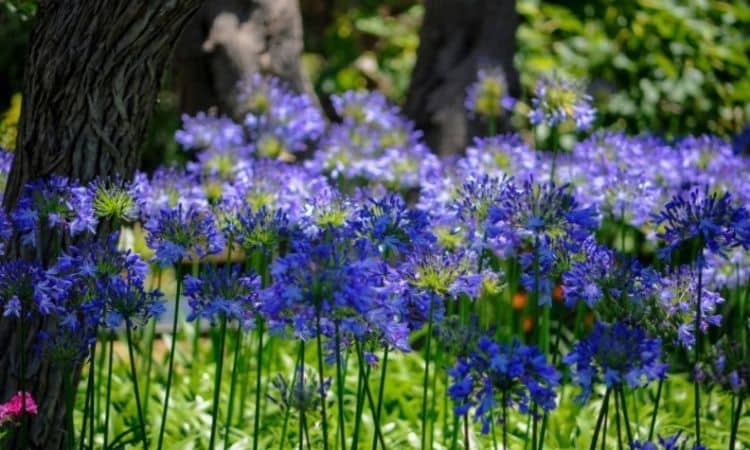
The pH value should rather be in the slightly alkaline range. It is important to always choose a planter where excess water can runoff. In addition, a drainage layer, for example, a layer of gravel, can prevent waterlogging at the roots. This is not well tolerated by the decorative lilies.
Step-by-step guide: How to plant Agapanthus
- Create a drainage layer.
- Enrich substrate with a slow-release fertilizer.
- Fill the planter to one-third with the substrate.
- Place the Agapanthus plant in the middle of the pot.
- Fill the planter with the substrate.
- Pour on well.
Agapanthus care
Basically, the jewelry lily is a very easy-care plant that grows quickly and vigorously even without much effort. During flowering, however, it reacts sensitively to changes and should not be moved – especially not to a location with less light. Otherwise, a change in location is no problem. The plant should also be repotted as seldom as possible, but only when the substrate in the tub is completely densely rooted.
Pests are normally no problem with ornamental lilies in the home garden, as snails and caterpillars are not interested in the leaves. There is also hardly any fungal or bacterial infestation. Depending on whether you have an evergreen or a deciduous Agapanthus variety at home, there are some peculiarities, especially during wintering. You can read detailed instructions for the wintering of decorative lilies here.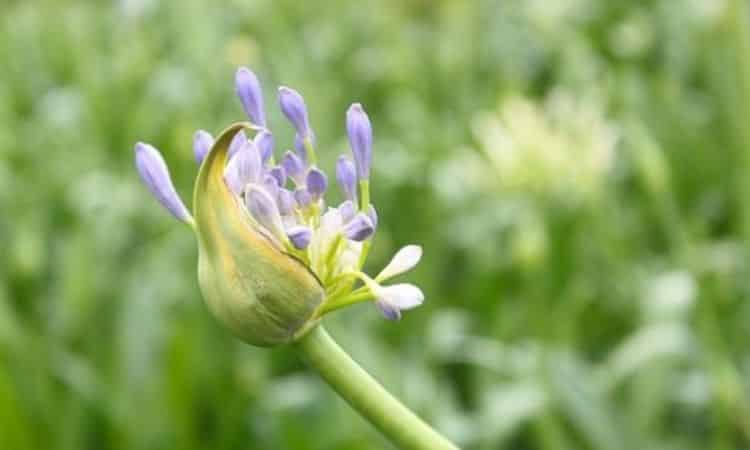
Fertilizing Agapanthus
Here too, Agapanthus proves to be an uncomplicated plant that does not make any special demands on its fertilization. Optimal is complete fertilizers with a balanced NPK ratio and a sufficient mineral supply. For a strong flowering, the Lily Of The Nile should be fertilized from April until it begins to bloom. 
Watering Agapanthus
Agapanthus reacts much more sensitively to too much water than too little. From April on you should water it regularly and sufficiently. The substrate in the pot should be moist, but never wet. It is only necessary to water the ornamental lily again when the upper third in the pot feels completely dry. However, since Agapanthus can store water in its fleshy rhizome, it can survive several weeks without water. During the winter months from November to March, it needs little to no watering.
Summary: This is the right way to care for Agapanthus
- Do not change location during flowering.
- Pests and diseases spare the Lily Of The Nile as far as possible.
- Fertilize Agapanthus correctly: basic fertilization with a fertilizer with long-term organic effect during planting.
- The first fertilization in April.
- Second fertilization in summer before flowering.
- Better to water too little than too much.
- Avoid waterlogging.
- Water Agapanthus very moderately in winter.
Propagate Agapanthus
The ornamental lily can be propagated relatively easily via offshoots themselves. This is useful, for example, if it has become too large for its previous plant pot anyway and needs to be repotted. The root ball can then be cut into several pieces with a sharp garden tool (depending on the size, a spade may also be necessary). The individual root pieces are each planted in their own new pot.
Another way to propagate Agapanthus itself is to let the fruits ripen and harvest the seeds. In both cases, however, it takes some time until the Lily Of The Nile flowers the next time.
Is Agapanthus poisonous?
Basically, Agapanthus is not poisonous, but intensive contact with the plant sap can cause irritation of the skin. However, the rhizome is poisonous to humans and animals when consumed. Therefore gloves should be worn when propagating the plant.
In order to have something of your Lily Of The Nile for as long as possible, it is essential to winter it properly. You can read all about the wintering of Agapanthus in our special article on the subject.
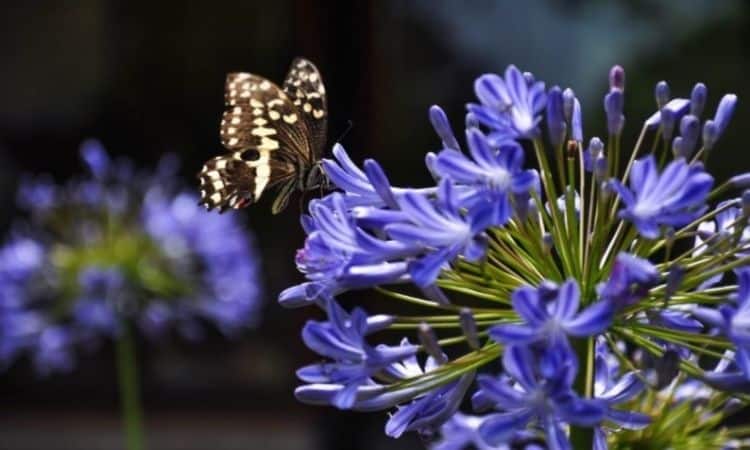
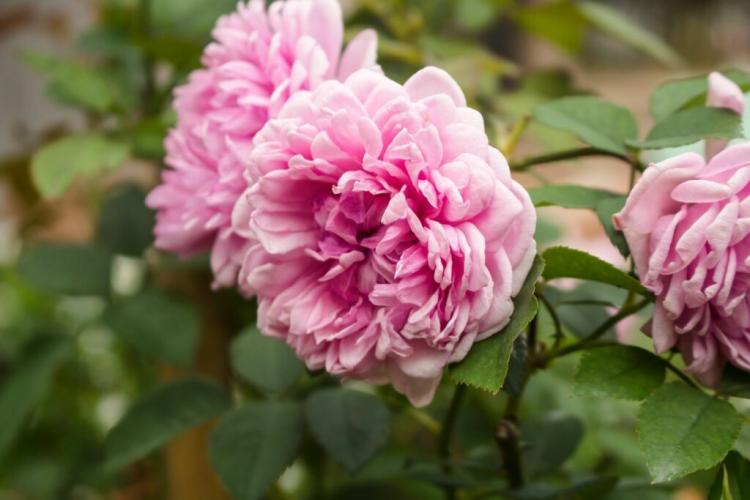
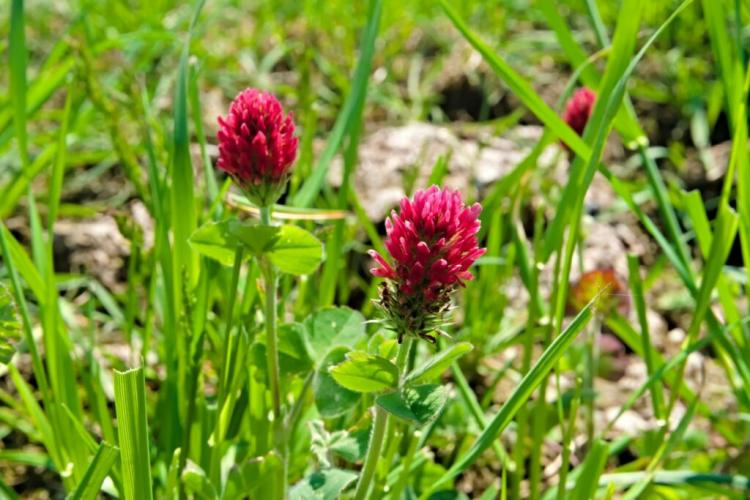

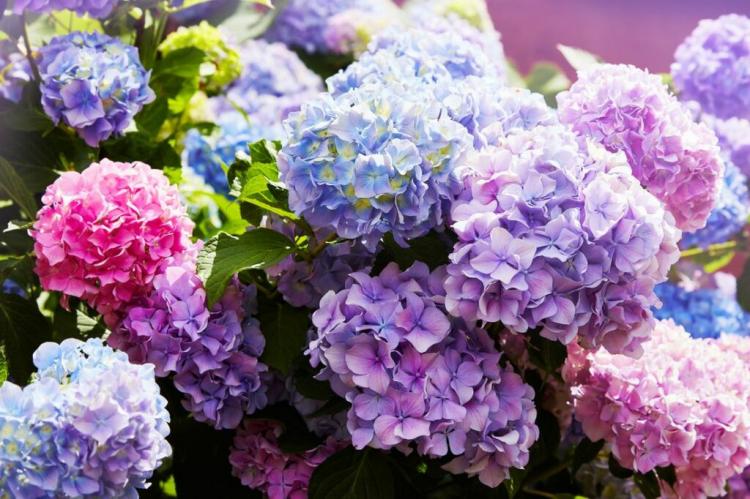
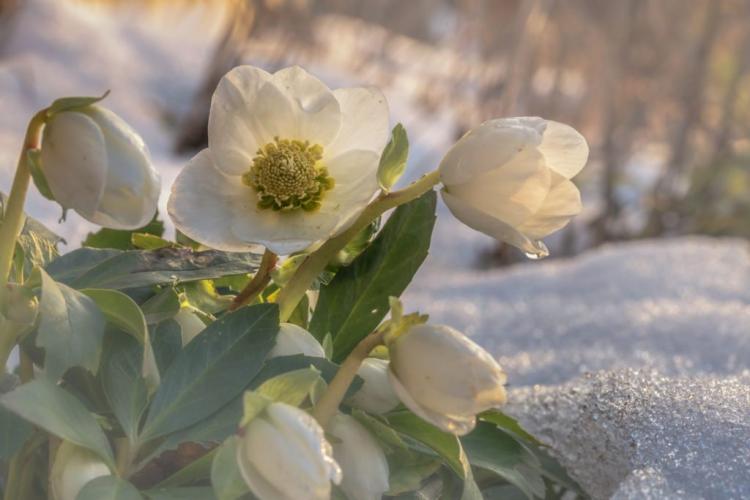
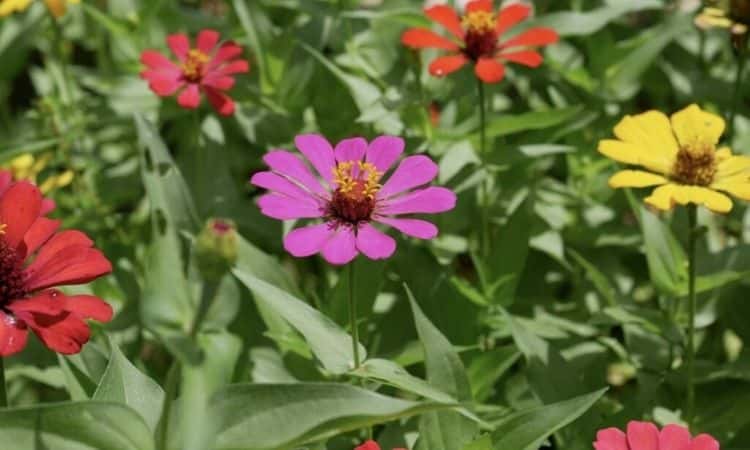
Good afternoon,
I am also a fan of an agapanthus. A gardener hibernates my plants in a greenhouse. 3 ‘giants’ bloom magnificently, 1 white one brings many flowers, which unfortunately do not bloom fully, but get stuck in the initial flowering process. Can you give me some advice on this? Another plant did not produce flowers but has not been reported yet. Perhaps it has received too little H2O? I have also noticed that the smaller species (small narrow leaves, shorter stems) flower less than the larger varieties.
I would be interested in an answer
Hello, Mollie.
I have good experience with lower shells over which I water my Agapanthus perennials daily. Once a week there is fertilizer. The result is fantastic. In addition, full sun is not necessarily a guarantee for great flowers, because the plants tend to dry out.
If you have further questions, please feel free to contact me.